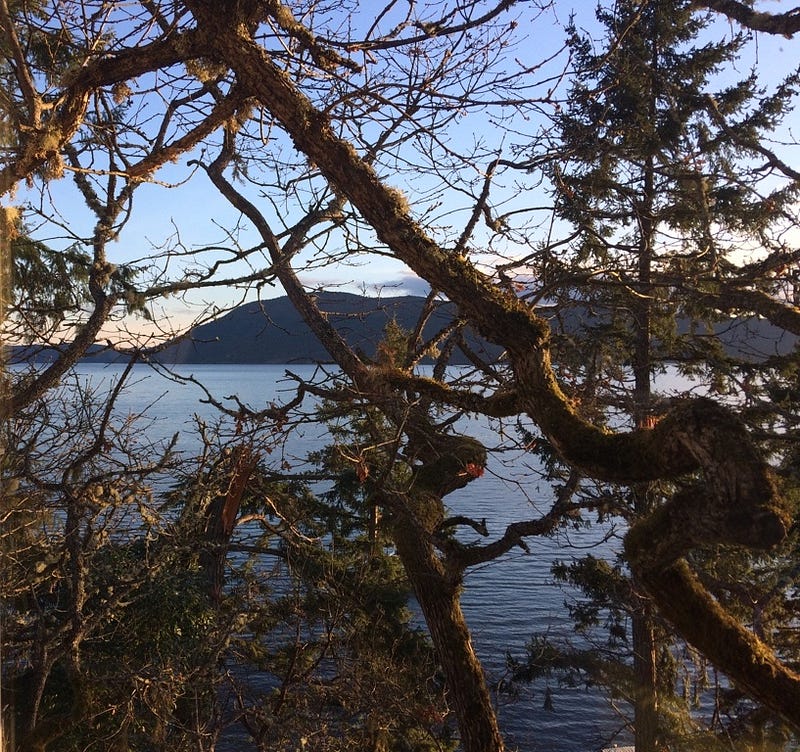Loving a vanishing world

I want to talk about power — how much we have, and how we can use it meaningfully.
But I’m going to start with despair. At a beach in British Columbia’s Gulf Islands recently — on my first real vacation in almost three years — I felt much of the loosening that I often feel at the coast. The smell of the sea is home for me, the brush of the waves on the shore, the spark and flutter of sun on the water like innumerable languid butterflies. Breathing at the ocean, I feel different.
I’ve known for a long time that humans and other species are in profound trouble, and that the seas are rising. I’ve known for a long time how much is at risk. I went to BC specifically to have the time to develop my thoughts and write about these risks, and how we can move forward in a way that matters.
So sitting there, on sand and the countless soft shards left behind by clams and mussels and oysters over decades, I couldn’t loose myself of the knowledge that the ocean is beginning to die. There are plastic garbage patches the size of Texas. There are microplastics in almost every tested sea salt. Fish populations are collapsing. Whales and dolphins are suffering profoundly from the din of the sonar used by oil companies and the navy. Seawater is acidifying so fast in the Salish Sea that oysters are struggling to build shells. And perhaps most troubling of all, phytoplankton levels are down 40% since 1950 — and phytoplankton is not only the base of the marine food chain, it also produces most of the ocean’s oxygen, as well as ours (one phytoplankton is so prolific it generates your every fifth breath). This fact, by itself, should be enough to make us address the crises in the natural world immediately.
…click on the above link to read the rest of the article…